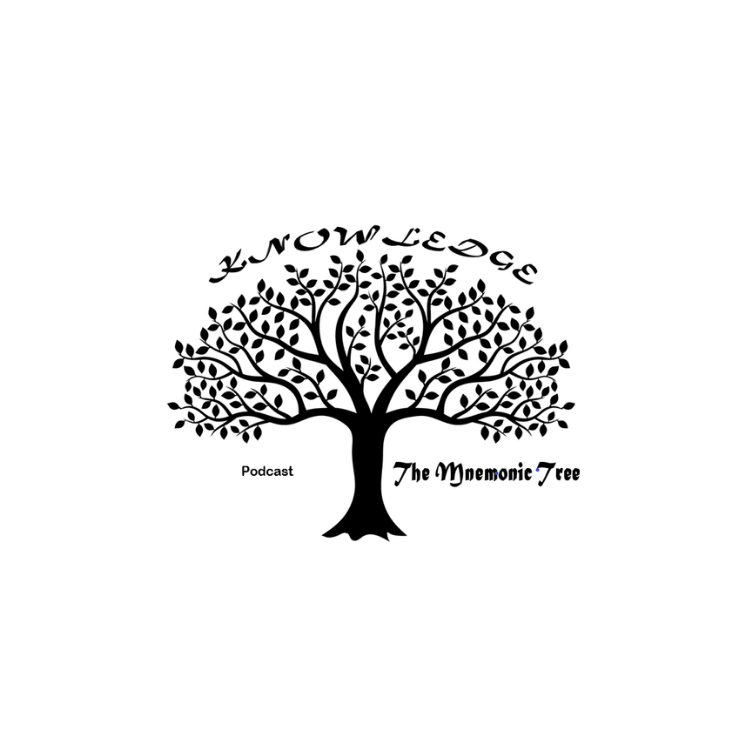Ep.10: The Provinces and Territories of Canada
Intro
Hello and Welcome to this episode of the podcast, "The Mnemonic Tree", where we add a single mnemonic leaf to our Tree of Knowledge.
Today's episode is our 10th, a small milestone and it will be on the provinces and territories of Canada. There is a total of 13 provinces and territories of Canada, which is then divided into 10 provinces and three territories. Each province and territory has its own unique characteristics and self-government which is responsible for various areas such as education, healthcare, transportation, and natural resource management.
With that being said, we will begin with a summary from Wikipedia.
Wikipedia Summary
Canada has ten provinces and three territories that are sub-national administrative divisions under the jurisdiction of the Canadian Constitution. In the 1867 Canadian Confederation, three provinces of British North America—New Brunswick, Nova Scotia, and the Province of Canada (which upon Confederation was divided into Ontario and Quebec)—united to form a federation, becoming a fully independent country over the next century. Over its history, Canada's international borders have changed several times as it has added territories and provinces, making it the world's second-largest country by area.
The major difference between a Canadian province and a territory is that provinces receive their power and authority from the Constitution Act, 1867 (formerly[1] called the British North America Act, 1867), whereas territorial governments are creatures of statute with powers delegated to them by the Parliament of Canada. The powers flowing from the Constitution Act are divided between the Government of Canada (the federal government) and the provincial governments to exercise exclusively. A change to the division of powers between the federal government and the provinces requires a constitutional amendment, whereas a similar change affecting the territories can be performed unilaterally by the Parliament of Canada or government.
In modern Canadian constitutional theory, the provinces are considered to be co-sovereign within certain areas based on the divisions of responsibility between the provincial and federal government within the Constitution Act, 1867, and each province thus has its own representative of the Canadian Crown, the lieutenant governor. The territories are not sovereign, but instead their authorities and responsibilities are devolved directly from the federal level, and as a result, have a commissioner that represents the federal government.
Extracted from: [https://en.wikipedia.org/wiki/Provinces_and_territories_of_Canada]
Mnemonic
Provinces & Territories of Canada Mnemonic – YaNN and BAS went to the MOQNNN with Prince Edward
(Picture Yann and Bas on the Moon with Prince Edward playing golf)
(From left to right and top to bottom of Canada)
1. Yukon
2. Northwest Territories
3. Nunavut
4. British Columbia
5. Alberta
6. Saskatchewan
7. Manitoba
8. Ontario
9. Quebec
10. Newfoundland and Labrador
11. New Brunswick
12. Nova Scotia
13. Prince Edward Island
Five Fun Facts
1. Canada has the longest coastline in the world with 202,080km or 125,567 miles.
2. More than half the lakes in the world are located in Canada. There may be as many as 2 million!
3. Canada has the largest source of freshwater in the world.
4. Canada is the second largest country behind Russia, with China the third largest.
5. The official languages of Canada are English and French.
Three Question Quiz
Q.1. What is the largest city in Canada?
Q.2. What is Canada’s biggest bay?
Q.3. What is Canada’s highest mountain?
Mnemonic Recap
Provinces & Territories of Canada Mnemonic – YaNN and BAS went to the MOQNNN with Prince Edward
(Picture Yann and Bas on the Moon with Prince Edward playing golf)
(From left to right and top to bottom of Canada)
1. Yukon
2. Northwest Territories
3. Nunavut
4. British Columbia
5. Alberta
6. Saskatchewan
7. Manitoba
8. Ontario
9. Quebec
10. Newfoundland and Labrador
11. New Brunswick
12. Nova Scotia
13. Prince Edward Island
Three Question Quiz Answers
Q.1. What is the largest city in Canada?
A. Toronto with over 6 million people
Q.2. What is Canada’s biggest bay?
A. Hudson Bay
Q.3. What is Canada’s highest mountain?
A. Mount Logan 5,959 metres or 19,551 feet which is located in the Yukon
Now, just speaking of the highest mountains, I was out and about on holiday, trekking the Everest trail in Nepal. In our group, we had an American and a Canadian. Anyway, the American was busy expounding how much better the USA was compared to Canada, but the Canadian was having Nunavut and then went on to say, that the only way, the USA was better than Canada was, that it had better neighbors!
Word of the Week
fantabulous
[ fan-tab-yuh-luhs ]
adjective
extremely fine or desirable; excellent; wonderful.
Example
Canada has a fantabulous landscape.
Extracted from: [https://www.dictionary.com/]
Website: https://www.themnemonictreepodcast.com/
Apple Podcasts: https://podcasts.apple.com/au/podcast/the-mnemonic-tree-podcast/id1591795132
Spotify: https://open.spotify.com/show/3T0LdIJ9PBQMXM3cdKd42Q?si=WQ1SnHo5QgOawX-mxS6yUA
References
https://en.wikipedia.org/wiki/Provinces_and_territories_of_Canada
https://www.kids-world-travel-guide.com/canada-facts.html
https://livelearn.ca/article/about-canada/10-amazing-facts-about-canadas-geography/



